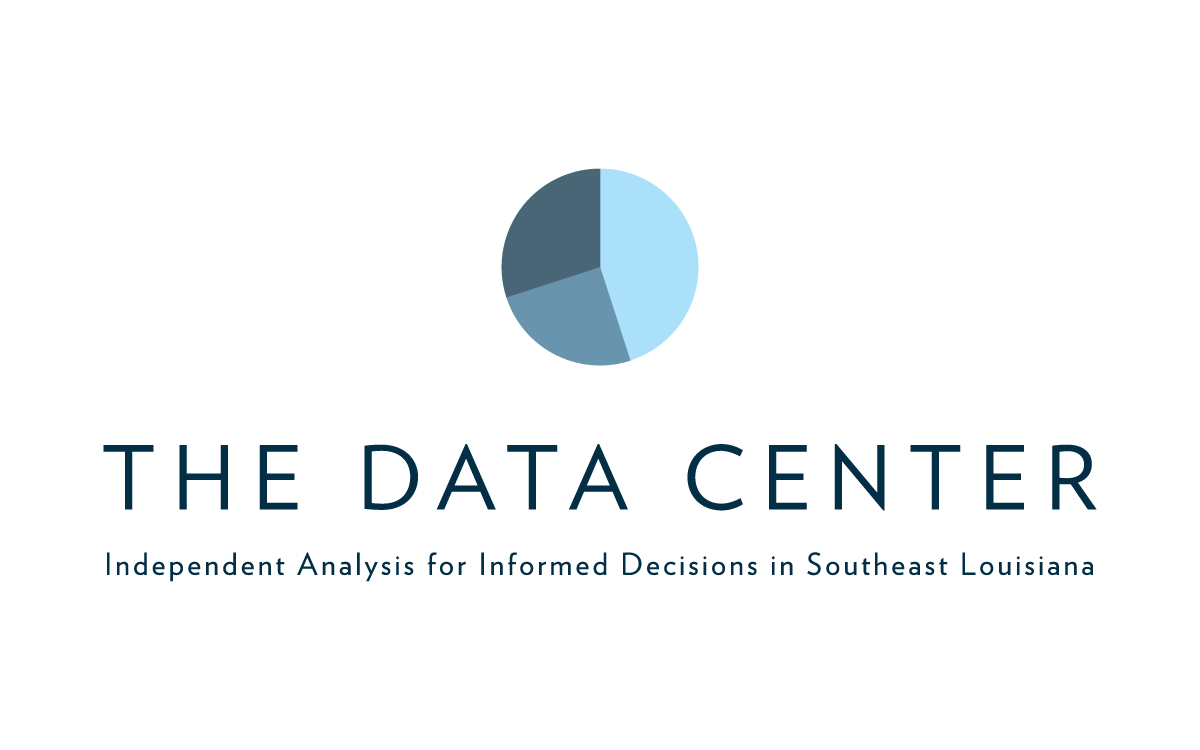

The United States Constitution mandates that every person living in the United States is counted every ten years. An accurate count facilitates stronger political representation and helps to ensure the right amount of federal resources makes it to local communities. Historically, groups with certain demographic and economic characteristics have been consistently undercounted. A significant part of getting an accurate count is ensuring every household responds to the census.
2020 Real-time response-rate maps depict the percentage of households that have self-responded to the 2020 Census to date in each neighborhood. 2020 Hard-to-Count maps highlight the areas least likely to respond to the 2020 Census. Demographic data is provided for each census tract to inform strategies to improve response rates – whether that be technology-focused solutions such as phone banking and peer-to-peer texting, or low-tech outreach such as posting flyers at grocery stores and corner stores that are still open, or sidewalk chalking. Community institutions such as childcare centers, schools, and federally qualified health centers are also provided as potential resources to be leveraged.
The 2020 Census survey ended its count on October 15, 2020.